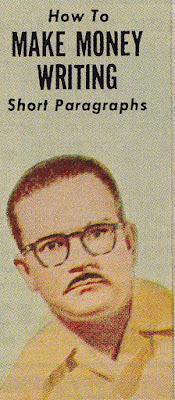From the start of The Spiral Staircase, this guy is always watching.
Congratulations, Robert Siodmak, your 66 year-old movie scared the bejeezus out of us! The Spiral Staircase takes place over the course of one evening, in a small village at the turn of the century. One of the inhabitants, the police are warning, is a serial murderer who targets young women with physical handicaps. The central character Helen (played by Dorothy McGuire) has lost her voice after a traumatic experience -- and is the killer's next target. The pace is relentless (the film is only 84 minutes long) and the dialogue simply repeats, repeats, repeats that Helen is in danger. They joke that she will be murdered next. The police warn her. Her employers tell her they will protect her. The threat moves from something generic and impersonal to something very real - almost entirely through dialogue alone. While watching the film, it occurred to me that the word "murderer" must have been spoken almost as many times as the F word was in The Big Lebowski! Ethel Barrymore (looking like one of her brothers in drag, I hope she was a lovelier in her youth) was for our money the most frightening character in the picture - a dying elderly woman whose mind is unraveling. For anyone who has had to witness the mental decline of an elderly family member her performance will be eerily chilling. This film is a testament to how terror can be instilled more easily with fewer tricks. A dark basement with a winding staircase is all you need.
Dorothy McGuire as Helen


















































